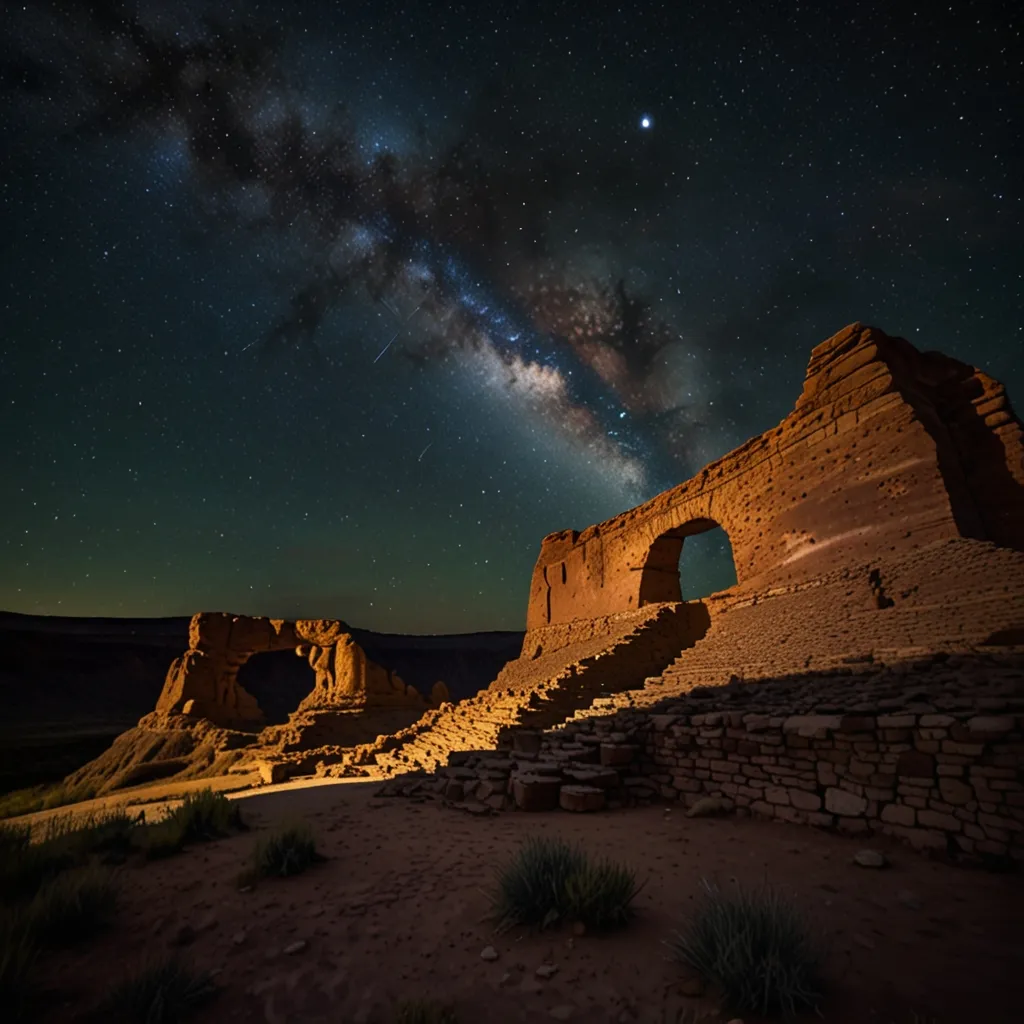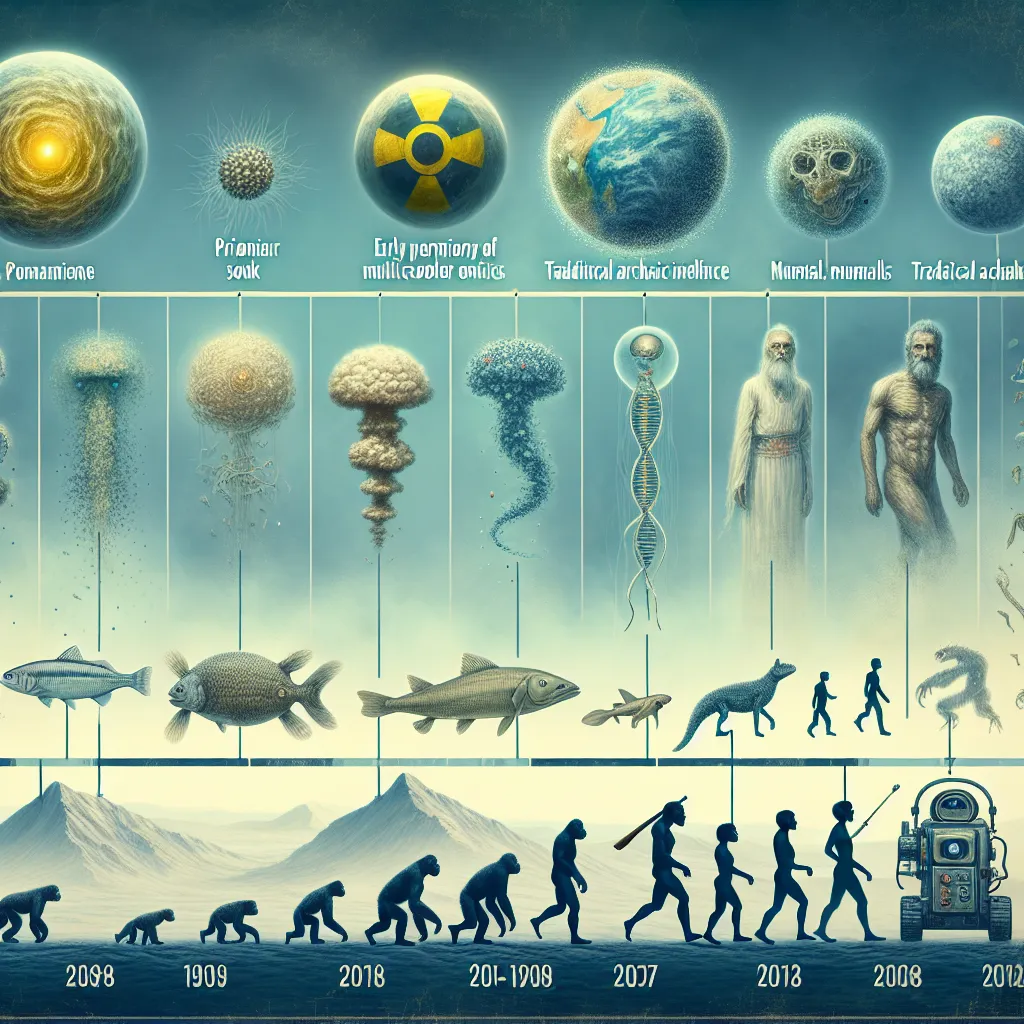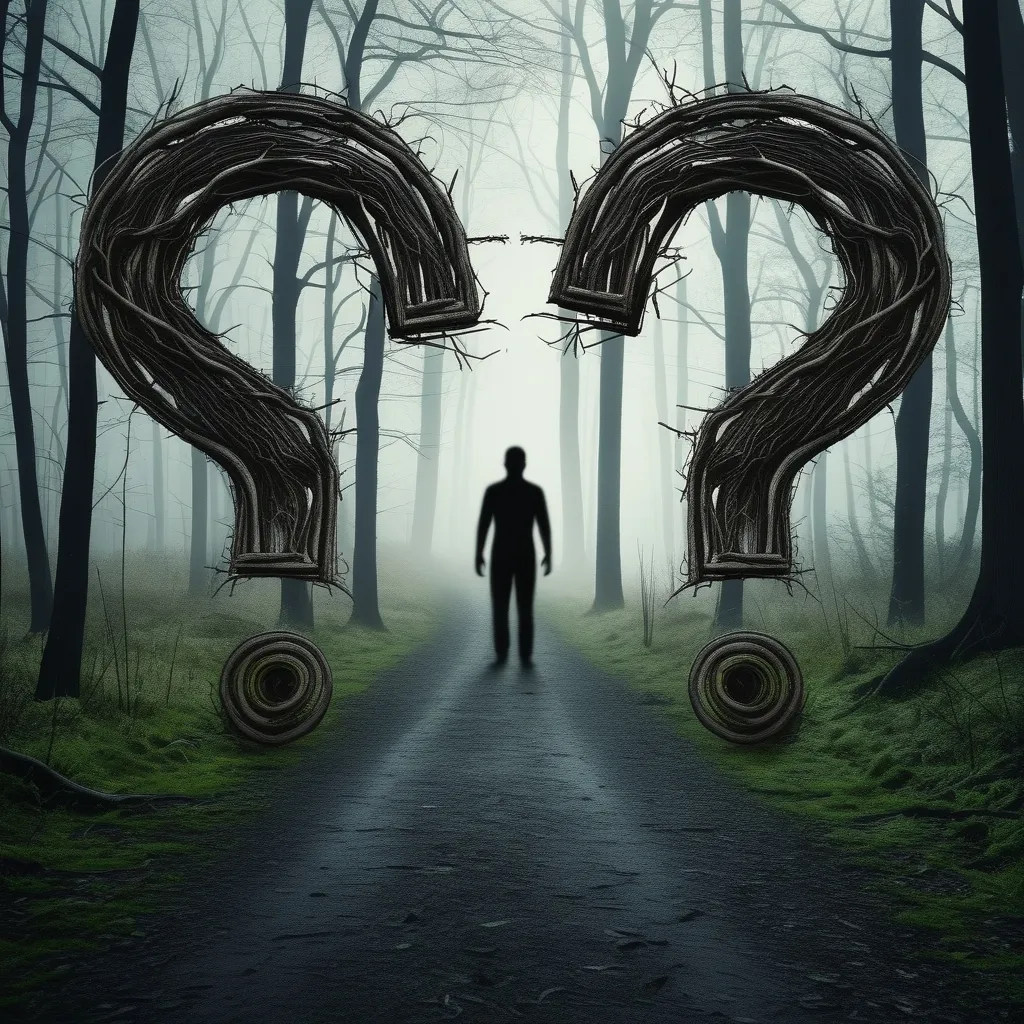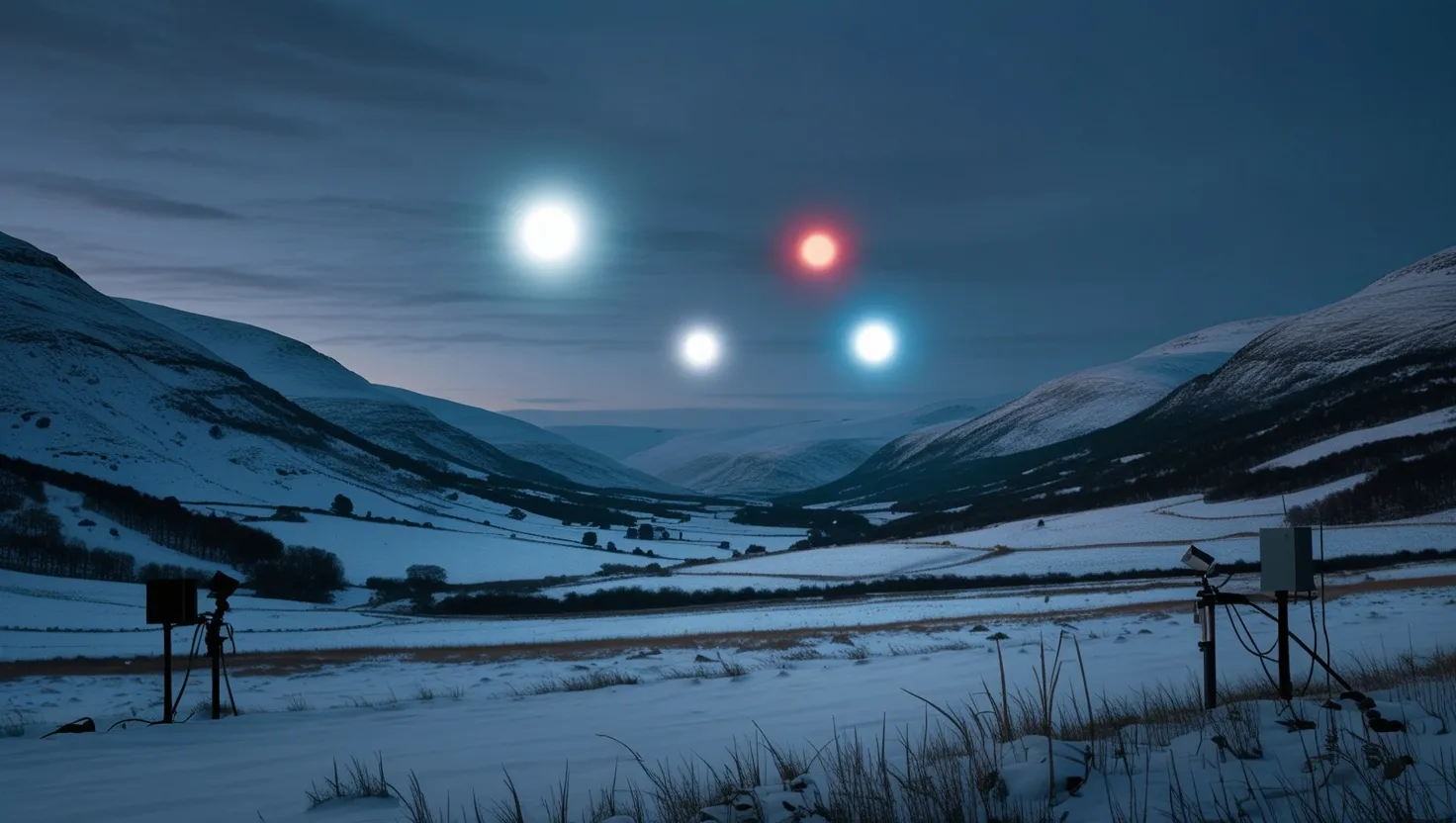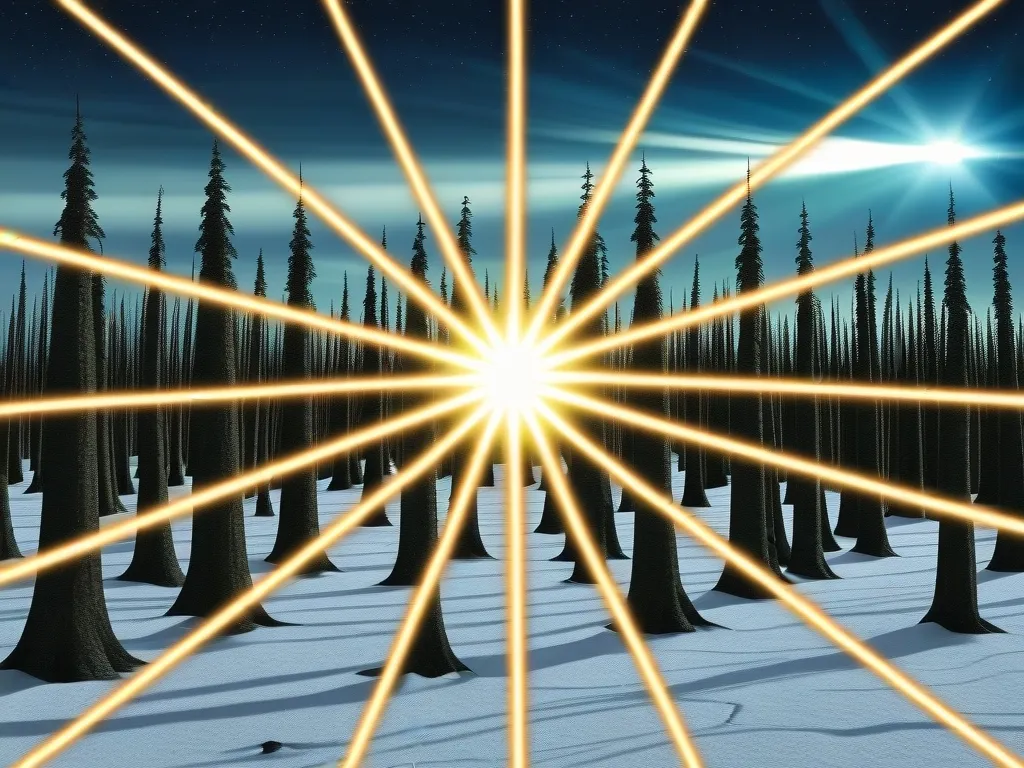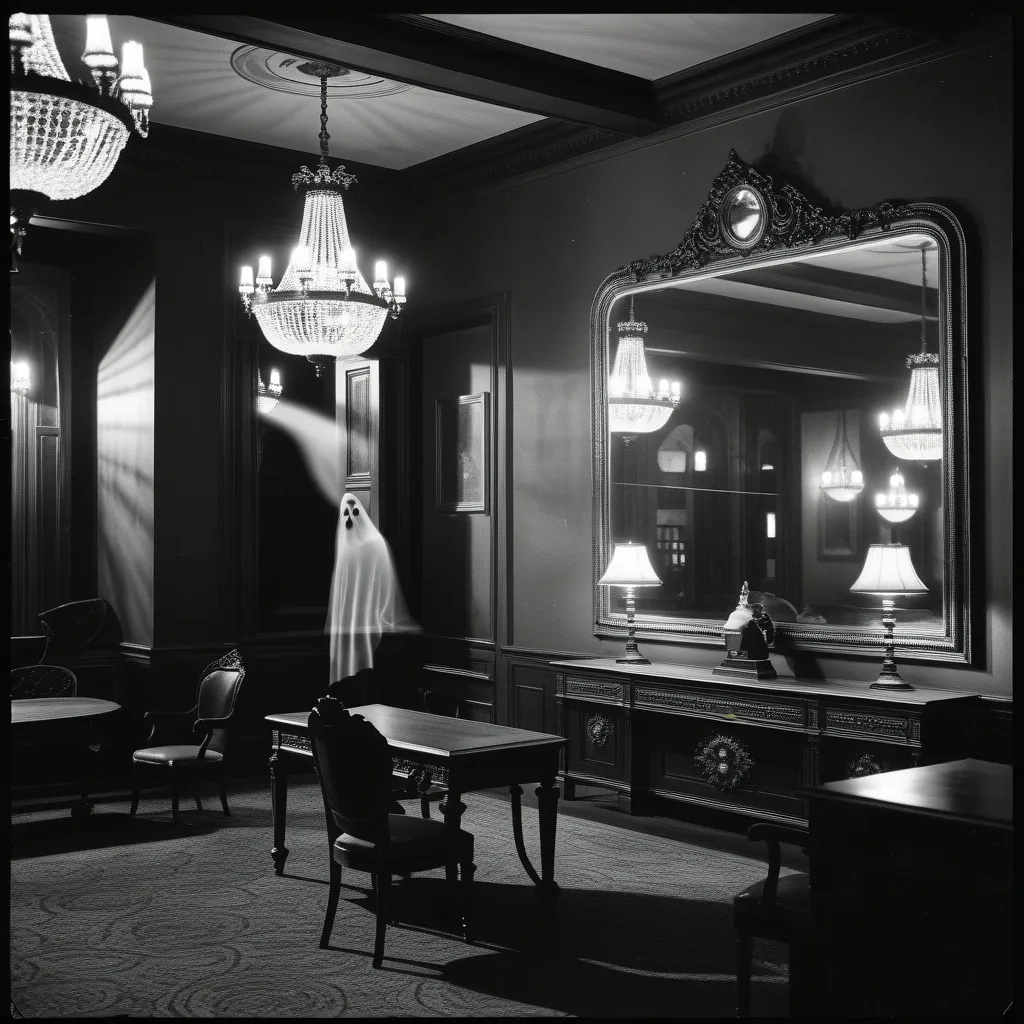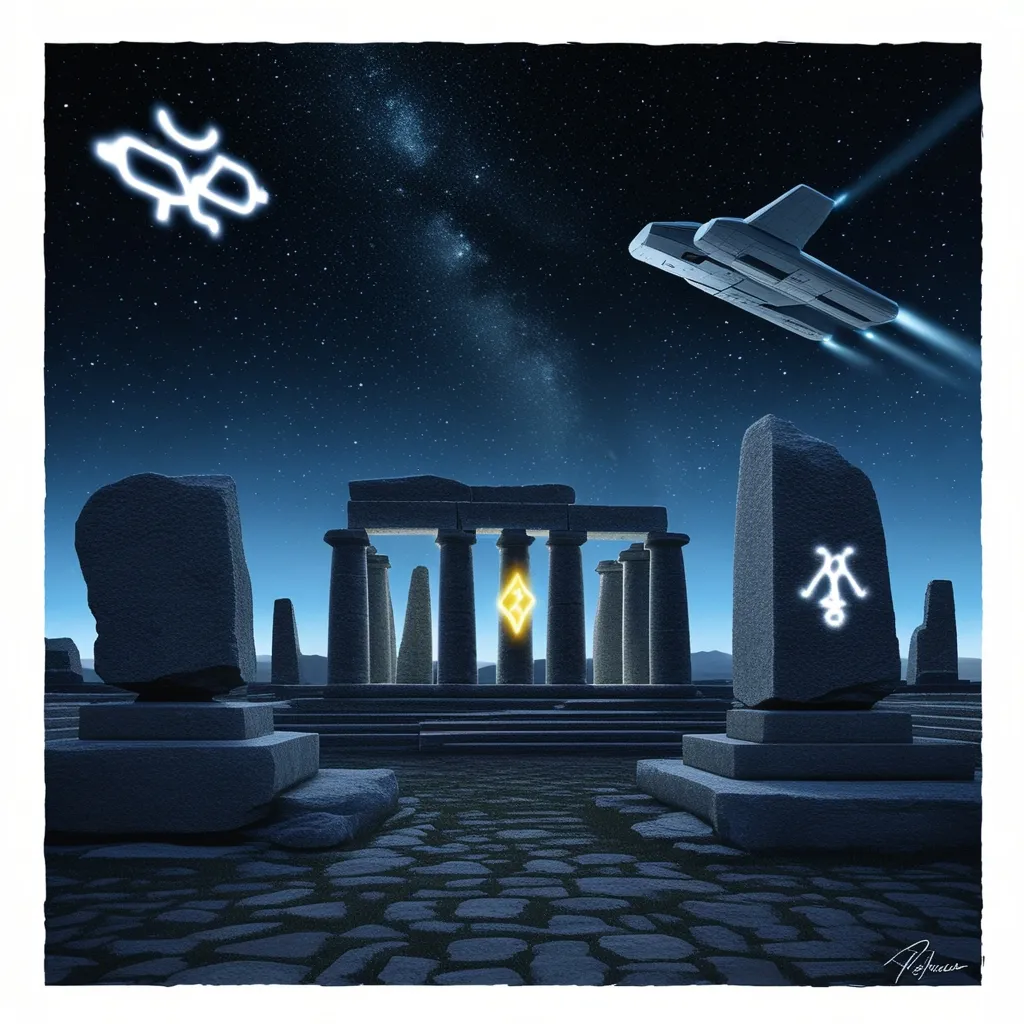In the mysterious, windswept desert of New Mexico’s Chaco Canyon, echoes of a vanished civilization linger. Imagine standing before the stone remnants of a world that thrived nearly a millennium ago, its secrets largely untold, shrouded in the silence of the high desert. This is the realm of the Anasazi, or the Ancient Pueblo Peoples, an enigma that walks the fine line between history and legend.
Spanning a vast expanse of nearly 50,000 square miles across the four corners of Arizona, Colorado, Utah, and New Mexico, the Anasazi’s influence was immense. With an estimated population soaring above 100,000, these people etched their mark into the earth, crafting a network of roads that led like veins to Chaco Canyon—a hub of their civilization. Here, ceremonial sites flickered under the starlit skies, synchronized with celestial bodies, and whispered tales of cosmic alignment. Multistory buildings rose under their meticulous hands, like Pueblo Bonito, blending architectural mastery with astronomical precision.
Yet, as with all great stories, there was a dramatic twist. Around 1130 A.D., the relentless hum of construction in Chaco abruptly halted. The stones that told the time-stretched tales were sealed, and sacred kivas smoldered under the flames. It was as if a great silence had fallen over the land—a silence that obscured the fate of those who once marveled at the stars and pondered existence itself. While some descendants continued to thrive, becoming the Pueblos and Hopis we recognize today, the region’s central force seemed to vanish into thin air.
This disappearance incites endless speculation. Some archaeologists suggest simple migration, while others—those inclined to ponder the more fantastical—believe there’s more beneath the surface. Clues within Chaco Canyon hint at mysteries beyond mere relocation. One aspect that stirs the imagination are the spirals etched into the cliffs. At first glance, these carvings seem like artistic representations of the sun. However, their unique designs suggest deeper symbolism, perhaps as celestial maps or, more intriguingly, portals to hidden realms.
Tales persist among the Hopi and Zuni tribes, claiming connections to star ancestors. Stories abound of spirals marking passageways into other dimensions, bridging earthly boundaries with cosmic origins. Some theorists posit that these forms, synchronizing with celestial phenomena, may indeed be gateways—channels through which the Anasazi embraced their cosmic kin.
The mystery doesn’t end with their craftsmen or astronomers. The name “Anasazi” itself, bestowed by the Navajo, translates to “stranger from afar” or “strange enemy.” Such a name raises questions—were the Anasazi truly indigenous, or did they, as some legends suggest, hail from the stars themselves? This possibility tantalizes the imagination, removing us from simple terrestrial interpretations and urging us to consider dimensions beyond our immediate comprehension.
Throughout history, there’s an unmistakable cadence of civilizations rising and fading, leaving tantalizing breadcrumbs that lead us to question the constructed reality around us. Consider the Mayans or other ancient cultures that simply seemed to dissolve into the ether. Perhaps, some argue, these disappearances hint at advanced intelligences using our world as a colossal, cosmic laboratory.
What remains today are those hauntingly beautiful ruins, a silent testament to an incredibly advanced, yet enigmatic people. Chaco Canyon, cloaked in its aura of mystery and whispering winds, invites the curious to pause and consider the what-ifs. It urges modern explorers to imagine—a task at once daunting and delightful—scenes of vibrant life interwoven with cosmic wonder.
Is it possible the Anasazi ventured beyond our plane, guided by signs only they could understand? Perhaps their story is one of transformation, not disappearance. Whether curled beneath a blanket of stars or bathed in the warm New Mexican sun, Chaco Canyon continues to beckon, asking questions it may never answer. Its story weaves through time, a tapestry of the unknown, adding intricate threads to the rich, colorful fabric of human history and whispering secrets from its windswept ruins.
